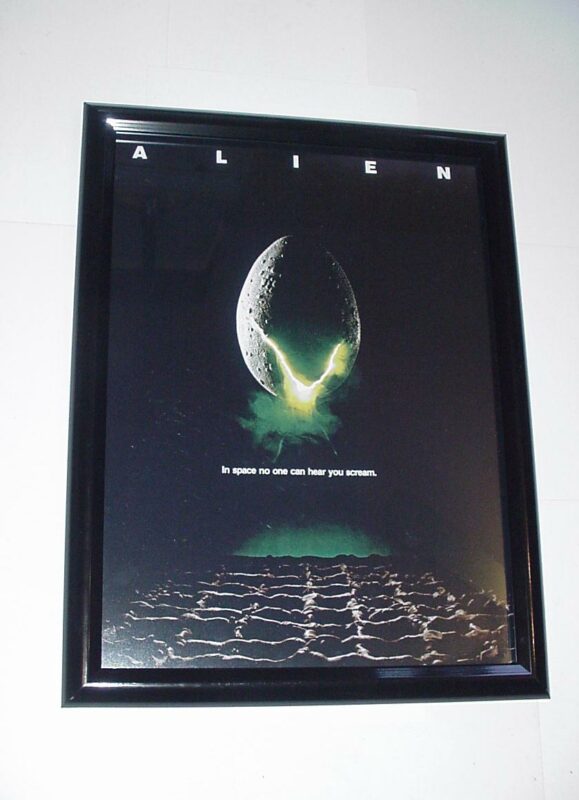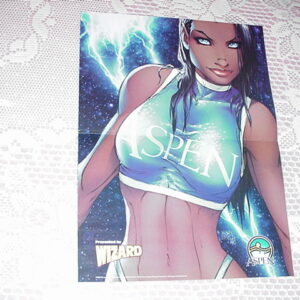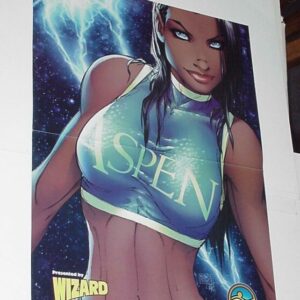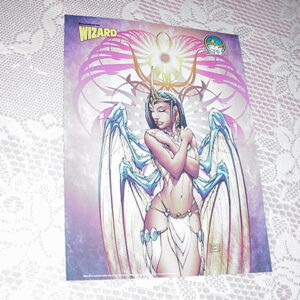Description
Alien is a 1979 science-fiction horror film directed by Ridley Scott, and starring Tom Skerritt, Sigourney Weaver, Veronica Cartwright, Harry Dean Stanton, John Hurt, Ian Holm and Yaphet Kotto. The film’s title refers to a highly aggressive extraterrestrial creature that stalks and kills the crew of a spaceship. Dan O’Bannon wrote the screenplay from a story he wrote with Ronald Shusett, drawing influence from previous works of science fiction and horror. The film was produced by Gordon Carroll, David Giler and Walter Hill through their Brandywine Productions and distributed by 20th Century Fox. Giler and Hill made revisions and additions to the script. Shusett was executive producer. The eponymous Alien and its accompanying elements were designed by Swiss surrealist artist H. R. Giger, while concept artists Ron Cobb and Chris Foss designed the human aspects of the film.
Alien received both critical acclaim and box office success, receiving an Academy Award for Best Visual Effects, Saturn Awards for Best Science Fiction Film, Best Direction for Scott, and Best Supporting Actress for Cartwright, and a Hugo Award for Best Dramatic Presentation, along with numerous other award nominations. It has remained highly praised in subsequent decades, being inducted into the National Film Registry of the Library of Congress in 2002 for historical preservation as a film which is “culturally, historically, or aesthetically significant”. In 2008, it was ranked as the seventh-best film in the science fiction genre by the American Film Institute, and as the 33rd greatest movie of all time by Empire magazine.
The success of Alien spawned a media franchise of novels, comic books, video games, and toys. It also launched Weaver’s acting career by providing her with her first lead role, and the story of her character Ripley’s encounters with the Alien creatures became the thematic thread that ran through the sequels Aliens (1986), Alien 3 (1992), and Alien Resurrection (1997).
In an unspecified year in the future, the commercial spacecraft Nostromo is on a return trip to Earth with a 7-member crew in stasis. Detecting a mysterious transmission, possibly a distress signal, from a nearby planetoid, the ship’s computer, the M.O.T.H.E.R, awakens the crew. Under prior orders from their employers, the Nostromo lands on the planetoid and Captain Dallas, Executive Officer Kane, and Navigator Lambert head out to investigate and discover the signal is coming from a derelict alien spacecraft. Inside, they find the remains of a large alien creature whose ribcage appears to have exploded from the inside.
The scene of Kane inspecting the egg was shot during post-production. A fiberglass egg was used so that actor John Hurt could shine his light on it and see movement inside, which was provided by Ridley Scott fluttering his hands inside the egg while wearing rubber gloves. The top of the egg opened via hydraulics, and the innards were made of a cow’s stomach and tripe. Initial test shots of the eggs were filmed using hen’s eggs, and this footage was used in early teaser trailers. For this reason a hen’s egg was used as the primary image for the film’s advertising poster, and became a lasting image for the series as a whole rather than the Alien egg that actually appears in the film.
It was some sort of giant, mottled egg. There it levitated, floating in pitch darkness, with a V-shaped crack at the base. An unholy yellow-green gas spilled out brightly from this crevice, looking like something you wouldn’t want to inhale, on this or any other planet. Below it, there was a floor of sorts, a latticed grill made of some unhealthy-looking, bonelike material, and a little of that same poisonous light reared up at the back.
The title – A L I E N – announced itself in stark, white-on-black Arial typeface, with an unusual amount of space between the letters. And the tagline, matter-of-factly punctuated and lower-case between egg and floor, was the stuff of genius: “In space no one can hear you scream.”
It was an image that spoke instantly of some unimaginable terror. In 1979, a year after this writer’s birth, it’s hard to estimate the mysterious impact this marketing campaign must have had. After all, Alien wasn’t a known property: it was based on no book, a remake of nothing, a perfectly original science fiction concept with a whole host of surprises to spring on its audience. What was this thing?
Ingeniously, the poster managed to convey an unforgettably potent flavor of the film’s atmosphere, while cleaving to a design – even an egg design – quite distinct from any of the horrors it was about to inflict. There are few more iconic posters in the history of movie marketing.
For years, I was under the erroneous impression it was the work of one of the titans of poster art, Bill Gold – the man behind Casablanca, A Clockwork Orange, Dirty Harry and many others. Indeed, Gold was hired, but his trippy concepts – including this image of space spilling out from the eyes of a screaming man – didn’t make the final campaign.
Instead, Twentieth Century Fox turned to the graphic design firm Frankfurt Gips Balkind (now Bemis Balkind). Two of the named partners, Steve Frankfurt and Philip Gips, have tended to share credit for this particular design, along with this equally astonishing one for Rosemary’s Baby – a pram on a craggy ridge, with Mia Farrow’s face lying behind in ghostly green repose.
The images they conjured give each film a certain permanent aura, imprinting a stamp on it, as surely as a well-chosen shop sign, album cover or book jacket. In the case of Alien, that ghastly egg was seminal and apt: there’s never been a finer way to hatch a franchise.
Frame is shrinkwrapped until time of purchase. Ships boxed with packing peanuts.
THE PERFECT GIFT!













